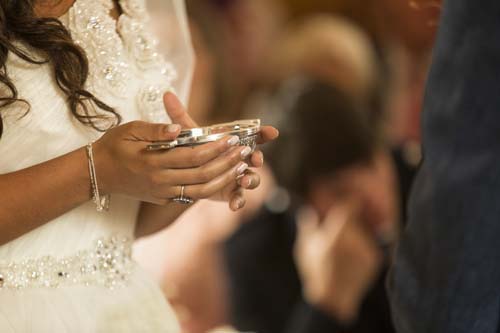History of Quaich or Loving cup and How to use it in your Wedding.
With roots deep in ancient Celtic and Irish tradition, the loving cup is a time honored and beautiful symbol of the union of marriage. Used commonly by couples as far back as the 15th century, the loving cup is also frequently known as a quaich, which comes from the Celtic word for cup. Although a traditional quaich is generally shaped like a round bowl with two looping handles, over the centuries couples have chosen many different styles to use as the cup that symbolizes their first drink as man and wife.
In Irish culture the loving cup ceremony uses the inherent sweetness and bitterness of the wine the newly joined couple shares from the quaich to illustrate the joys and sorrows of life that the new pair are promising to take on together. In some versions of the ceremony the loving cup is then passed among the family and friends at the wedding to show that they are also in support of the newlyweds and their upcoming journey of love and life. Like many time honored wedding traditions, there are several versions of the words used in the ceremony, and many couples choose to write their own or add personal touches. However, the general structure of the ceremony remains largely unchanged throughout the centuries as the minister pours and blesses the wine, then gives it to the couple and toasts them as they drink to their own good health, long life and true love. They may then pass the cup around and let all of the guests join in the toast.
Because the loving cup ceremony is such a powerful symbol of true love and dedication to family, the loving cups themselves are commonly handed down over generations as treasured family heirlooms. This reinforces and deepens the inherent meaning of the cup and gives it even more weight and value with each generation of new love. Even if your family does not already observe this Celtic tradition, you can start it with your own wedding or give a loving cup as a thoughtful gift for a bride and groom to begin a family tradition anew.
